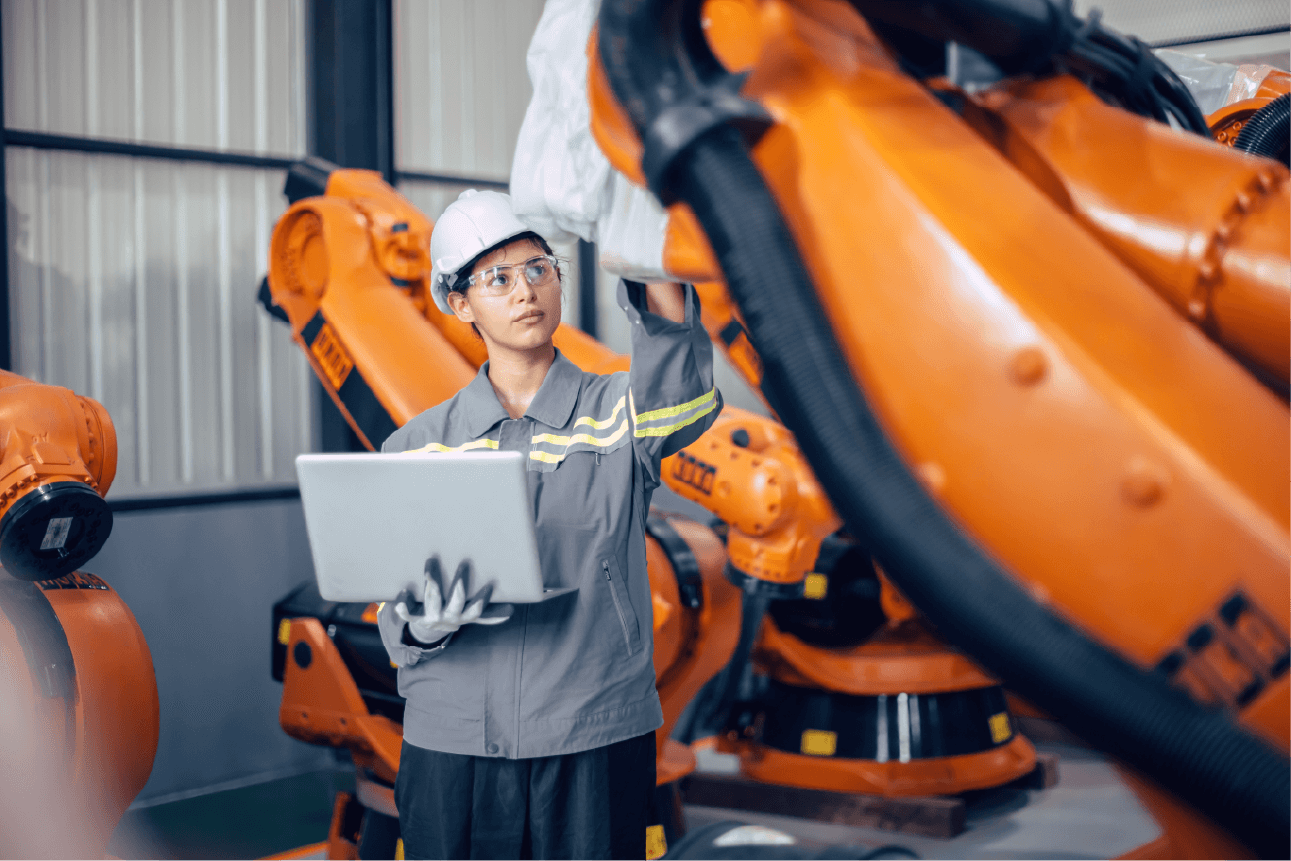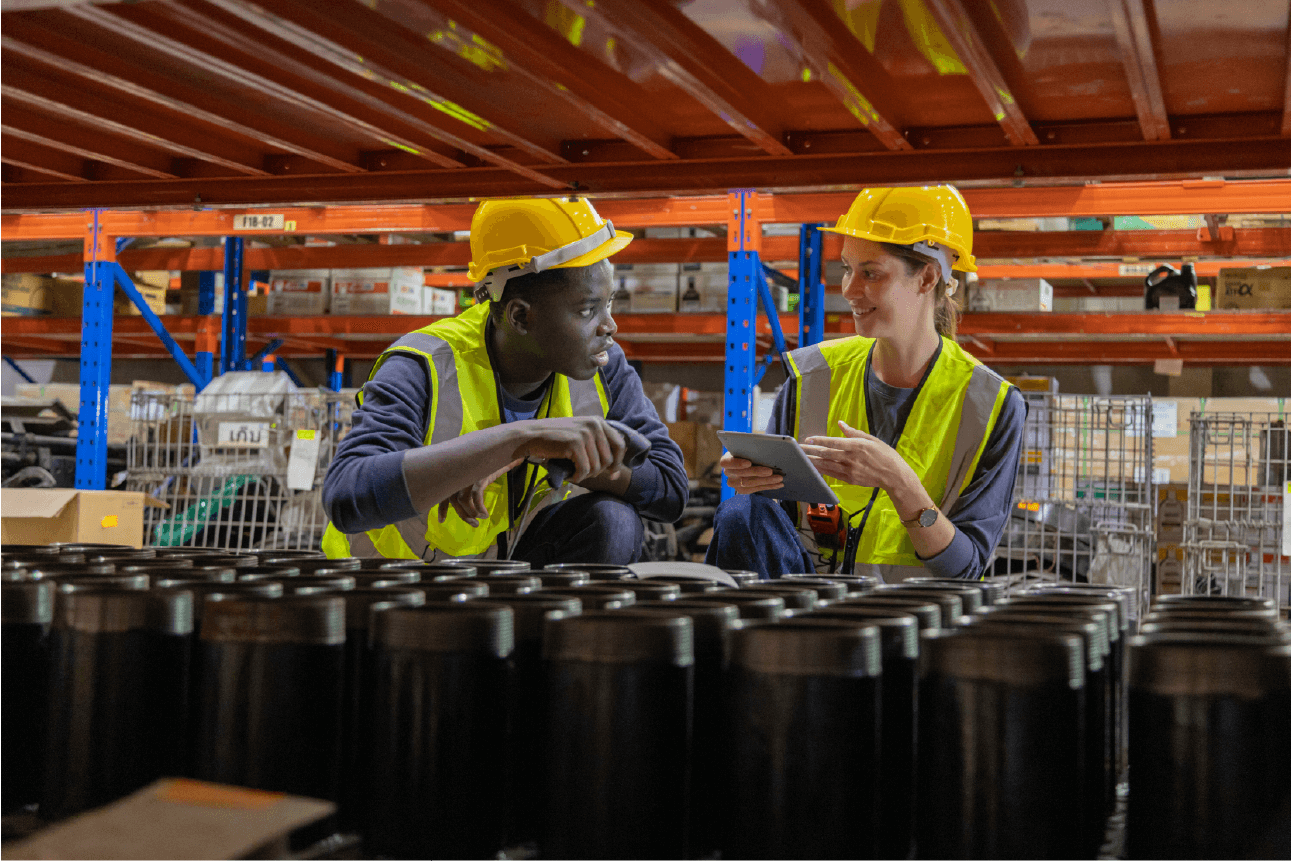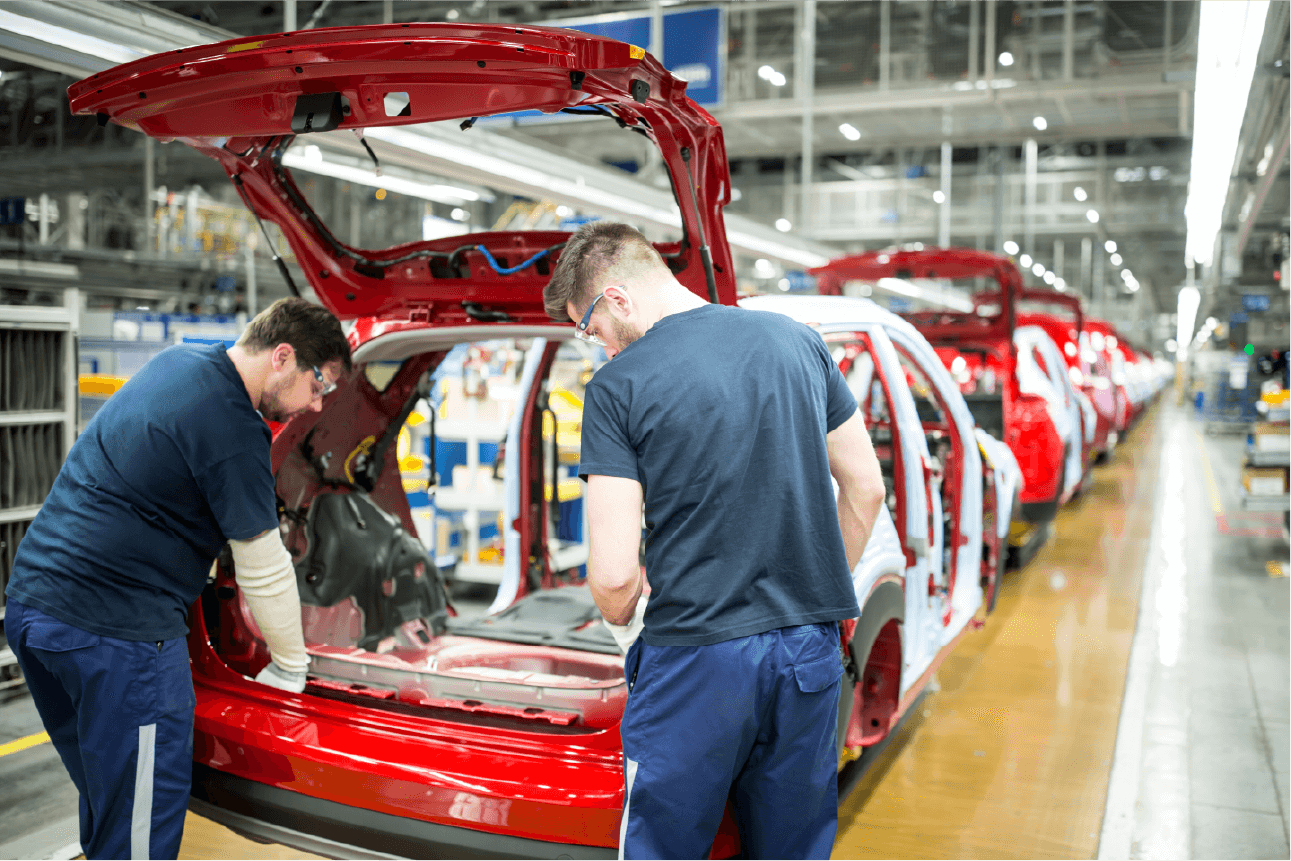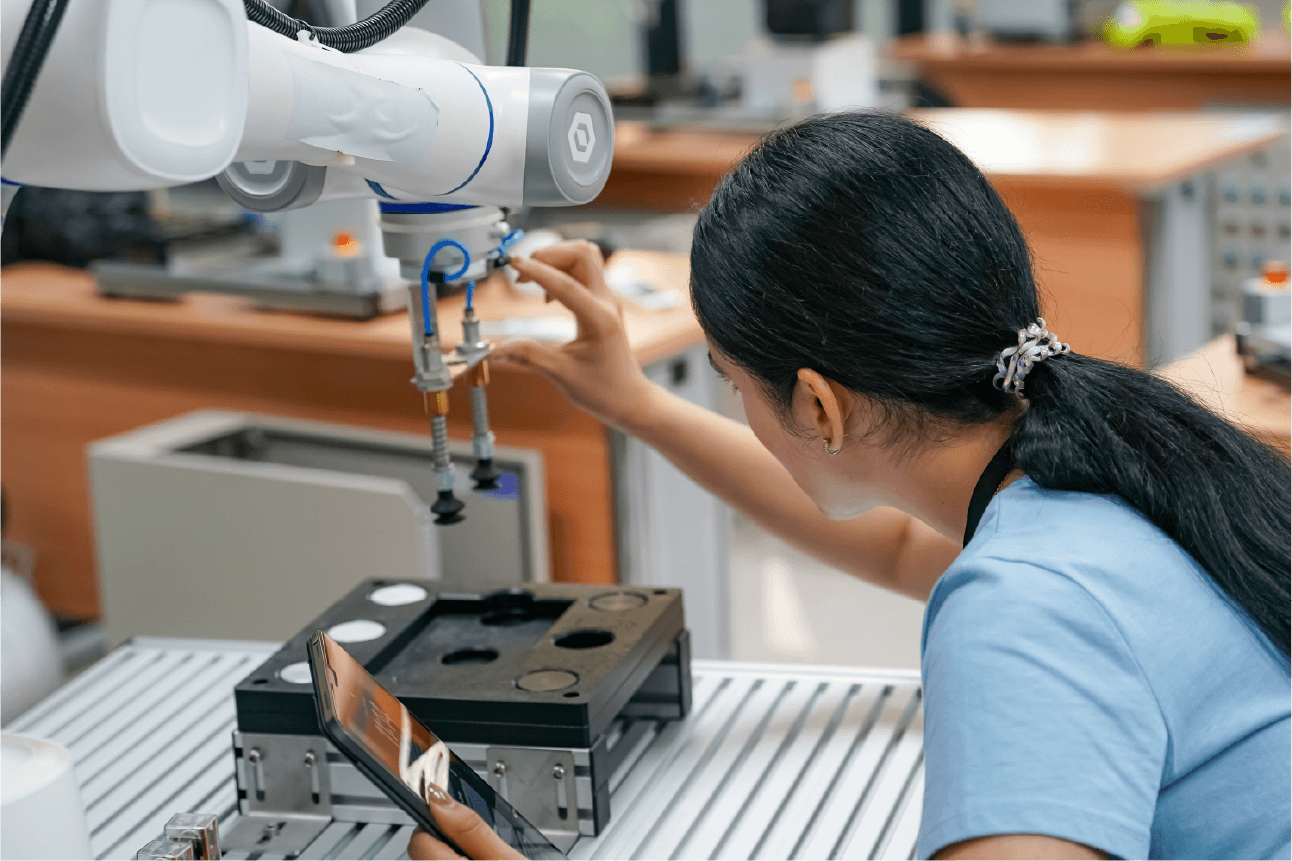What’s defined as being smart in the manufacturing world? It’s the art of being proactive, data-driven, and self-sufficient. Today, manufacturers not only just focus on a production scale, but they also aim to optimize operations. Smart manufacturing has evolved into a self-optimized system that can respond to production challenges in real time. These innovations have laid the foundation for the next generation of industrial excellence.
Industry 4.0 technology will power the next big phase of smart manufacturing. Technologies like artificial intelligence, machine vision, and data analytics are already driving this transformation. These solutions work together with traditional ones with two motives i.e., enhance efficiency and improve accuracy. As we race toward zero-defect production and adaptive manufacturing, those who embrace this change are set to remain competitive.
Loopr AI is at the forefront of this revolution today. Our specialized AI-based visual inspection solution can detect defects and verify assembly accuracy. Loopr AI empowers manufacturers to achieve flawless final products, eliminate any inefficiencies in their way, and ultimately help build the factories of the future. Thanks to this, quality control is no longer a post-production task; it’s embedded within the manufacturing process itself.
To fully comprehend the impact of smart manufacturing, we will touch upon smart manufacturing technologies, their benefits, and how Loopr AI is enabling manufacturers to unlock new levels of proficiency.
Understanding Smart Manufacturing
Smart manufacturing is “A fully integrated or collaborative manufacturing system that responds in real time to meet changing demands and conditions in the factory” by the NIST (National Institute of Standards and Technology).
When we talk about traditional manufacturing settings it’s a lot more linear process. The focus is on a set of tasks with each and every phase requiring manual adjustments and oversight. On the other hand, smart manufacturing introduces an intelligent layer built on proven industrial processes, bringing greater flexibility and automation to the table.
Instead of relying on pre-set parameters and human intervention, AI and automation continuously analyze real-time data, identify inefficiencies, and optimize workflows without manual input. That’s exactly where technology has worked wonders.
Key Industry 4.0 Technologies Powering Smart Manufacturing
• Artificial intelligence: AI has been a boon in today’s world and manufacturing is no exception. Machine Vision AI models are exposed to massive datasets of defects so that they can recognize complex patterns and minute variations later on. As the production line operates, AI actively scans every component, flagging anomalies. Over time, the deep learning model improves their accuracy becoming more effective with each iteration. In parallel, the data collected during this process can be leveraged by AI-powered LLMs to extract deep insights. For instance, any delay in leak detection for transformers can lead to equipment or environmental damage. To address this issue, LooprIQ visual inspection solution was integrated to automatically detect oil leaks before it becomes critical.
• Machine Vision AI: Machine vision has advanced dramatically in the manufacturing industry, thanks to breakthroughs in high-resolution imaging and deep learning algorithms. The technology is so sophisticated now because it can process vast amounts of visual data in real time. Machine Vision AI is engineered to detect issues with exceptional accuracy and adaptability, ensuring every component meets the highest standards. Loopr AI’s visual inspection solution can be mounted into endoscopic cameras, which are seamlessly integrated into production lines. These cameras continuously monitor components inside enclosed structures, verifying part placement, alignment, and fastening in real time.
• Big Data & Cloud Computing: One of the biggest challenges in manual inspection is the lack of permanent defect tracking. Relying on spot checks and local machine logs makes it difficult to trace a specific part’s defect history. With cloud-connected big data systems, defect information is logged in real time and stored in a traceable and permanent database. Loopr AI empowers manufacturers by collecting detailed part inspection data, which can be further used to analyze defect patterns over time. By maintaining a comprehensive digital record, one can identify failure patterns and adjust upstream production processes accordingly.
Benefits of Smart Manufacturing for Automotive Companies
• Increased Efficiency & Productivity: AI-powered automation plays a huge role in enhancing operational efficiency by reducing downtime and optimizing production flow. AI visual verification can ensure that all the resources are allocated efficiently. By integrating smart manufacturing solutions, one can achieve production targets even during peak season and keep everything in control.
• Enhanced Quality Control: AI-driven machine vision solutions and real-time data processing are transforming quality control by detecting defects instantly. AI-powered cameras and deep learning algorithms analyze minute parts in real time. This enables manufacturers to correct any issues immediately, reducing defective units and preventing faulty products from reaching consumers.
• Cost of Quality: Defective parts result in increased rework, wasted materials, and higher operational costs. Smart manufacturing minimizes these inefficiencies by automating defect detection and optimizing material usage. AI-driven quality control ensures that faulty components are identified early in the production process, preventing them from being assembled into final products.
• Scalability & Flexibility: A competitive advantage of smart manufacturing is that it allows manufacturers to scale operations without significant downtime or costly infrastructure changes. AI-powered visual verification software can be quickly programmed to accommodate different manufacturing setups. This enables manufacturers to respond swiftly to market fluctuations and product variations.
• Sustainability: Sustainability has become a crucial focus for manufacturers, driven by regulatory requirements and consumer demand for greener production methods. Smart manufacturing helps achieve sustainability goals by ensuring proper material optimization, reducing waste by catching defects early in the process, and making sure it doesn’t pass down the production line.
Loopr AI’s Role in Advancing Smart Manufacturing
Loopr AI offers practical and factory-first AI solutions that seamlessly integrate into modern manufacturing environments. Our AI solution contributes to smart manufacturing by focusing on the often-overlooked pillar of production: quality control.
By automating the inspection process with AI-powered visual systems, Loopr AI empowers manufacturers to reduce defects, eliminate human error, and bring unmatched precision to every stage of production. Manufacturers can easily leverage the AI-driven inspection solution into existing setups making adoption faster, easier, and more scalable. Let’s have a look at an example of how Loopr AI helped a leading automotive manufacturer reduce defect rates.
Challenge: Manual Inspection Limitations
• Manufacturers faced challenge to detect incomplete welds and bent tips of metal parts
• It was slow and inconsistent inspection process due to reliance on manual methods
• There was increased error in outcomes and deviation some standards due to operator fatigue
Solution: LooprIQ Integration
To address these issues, LooprIQ, an AI-powered visual inspection software, was integrated with the existing microscope system. The AI analyzed images in real time, automatically detecting defects like incomplete welds and misaligned tips, and notifying the operator instantly.
Results: Significant Improvements
• Throughput increased 4x, from 15 to 60 parts per hour
• 100% of defects were identified in real time, eliminating errors
• 100% savings in the cost of quality, with no rework or scrap
This integration not only boosted productivity but also achieved flawless quality control.
The Future of Smart Manufacturing
The future of smart manufacturing looks incredibly promising, with new innovations continuing to evolve in response to the increasing demands of global industries. Key technologies and trends that will shape this future include:
• Edge Computing: Processing data closer to the source (machines) for real-time decision-making without cloud dependency.
• 5G & Connected Factories: High-speed, low-latency networks will enable seamless communication between smart devices on the factory floor.
• Human-AI Collaboration: AI will not replace workers but assist them in enhancing decision-making and operational efficiency.
Conclusion
One thing becomes clear how the value of technology lies not just in its innovation, but in its ability to solve real-world challenges on the factory floor. By integrating Loopr AI’s visual inspection solutions, manufacturers can embrace Industry 4.0 with confidence.
It allows manufacturers to control the entire quality control process by achieving a level of precision, flexibility, and efficiency. To date, we have inspected 3,00,000+ components across industries such as automotive and aerospace, ensuring high quality each time.


%201.svg)

.svg)






